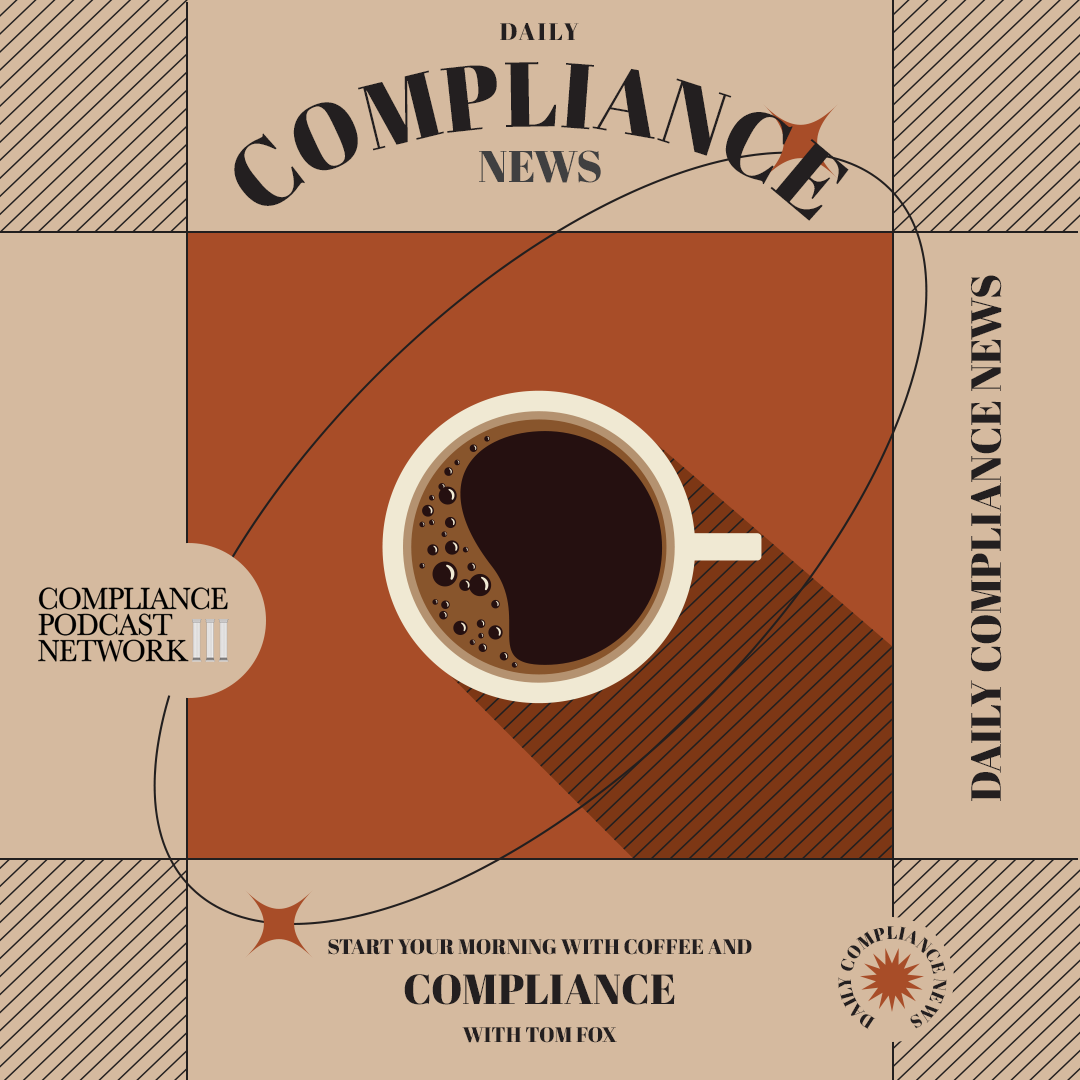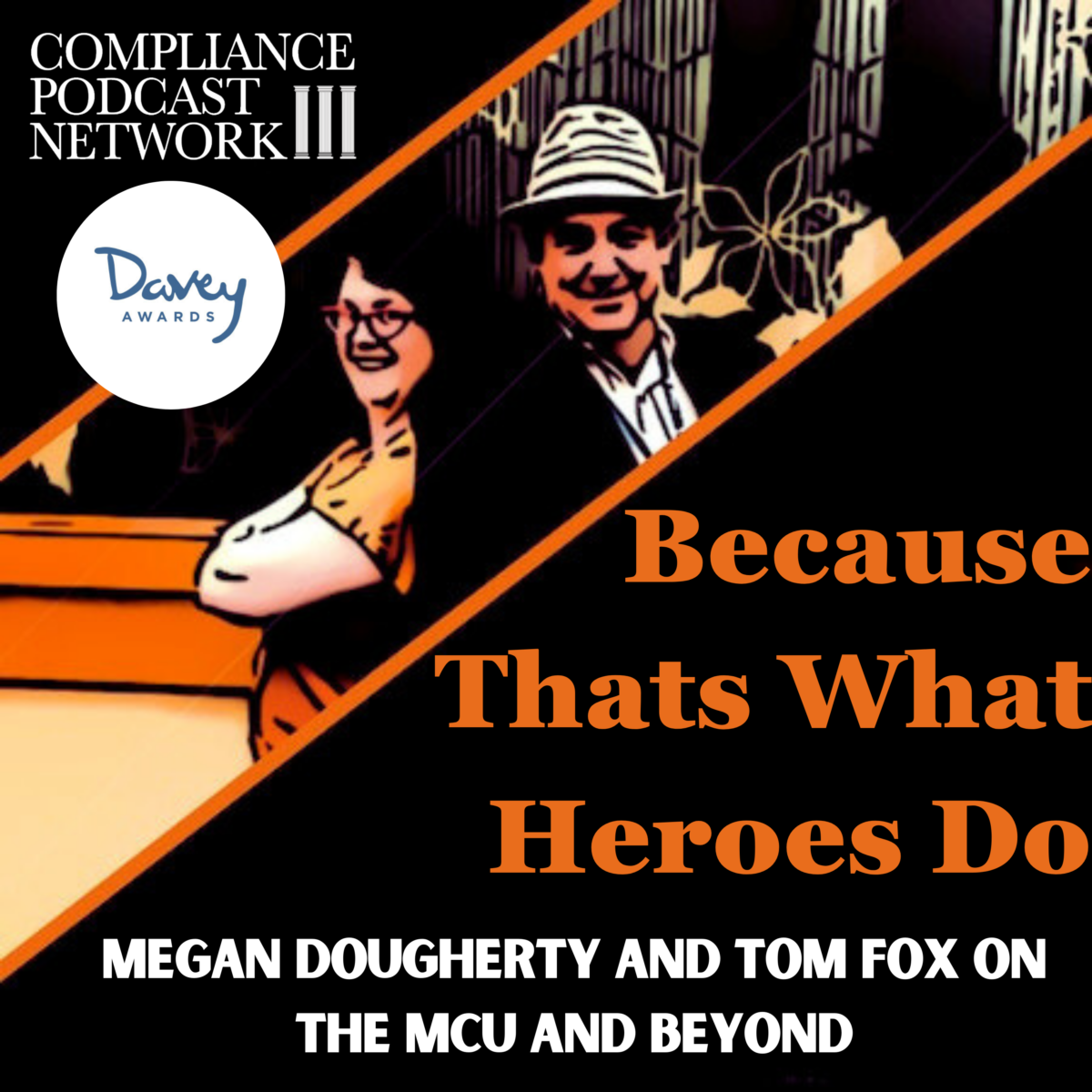We conclude this two-part blog post on using Artificial Intelligence (I) and Machine Learning (ML) in risk assessments. By embracing AI and machine learning, compliance professionals can elevate their risk assessment capabilities, drive more informed decision-making, and position their organizations for long-term success in an increasingly complex and volatile business landscape. Today, we conclude with how to use these tools and some use cases.
When adopting AI-powered risk assessment solutions, compliance functions will face several key challenges, which can be addressed through a well-planned and strategic approach. Key challenges include implementing a robust data governance framework to ensure data quality, integration, and accessibility across the organization. Invest in data cleansing, normalization, and enrichment processes to prepare the data for AI models. You must be able to demonstrate how you got to certain decisions. To do so, you can use tools such as decision trees or logistic regression to explain their decision-making process better.
Your risk management model should ensure the accuracy, reliability, and fairness of the AI-powered risk assessment. To do so, you can establish a comprehensive model validation and governance framework, which includes regular performance monitoring, stress testing, and bias testing. The model validation process involves cross-functional teams, including risk experts, data scientists, and compliance professionals.
Multiple compliance areas lend themselves to use cases for AI and machine learning in risk assessment.
- Fraud Detection and Prevention. Machine learning algorithms can analyze transaction data, user behavior patterns, and other relevant information to identify suspicious activities and detect potential fraud in real-time. AI-powered anomaly detection can flag unusual transactions or account activities that deviate from the norm, allowing organizations to investigate fraud risks quickly and mitigate them.
- Vendor and Third-Party Risk Management. AI can rapidly assess the risk profiles of vendors, suppliers, and other third parties by aggregating and analyzing structured and unstructured data from various sources, including news reports, social media, and regulatory filings. Machine learning models can continuously monitor third-party relationships, detect changes in risk factors, and provide dynamic risk scoring to support vendor due diligence and ongoing risk mitigation.
- Compliance and Regulatory Risk. AI-driven natural language processing can help organizations stay on top of evolving regulatory requirements by automatically scanning and interpreting new laws, regulations, and industry guidelines. Machine learning can assist in identifying potential compliance gaps, policy violations, and other regulatory risks by analyzing internal data, such as employee activities, communications, and transactions.
- Operational Risk Assessment. AI and machine learning can model and simulate complex business processes, identify potential points of failure, and predict the likelihood and impact of operational disruptions. These technologies can also be leveraged to monitor and analyze real-time data from IoT devices, sensors, and other operational systems to detect anomalies and emerging risks.
- Enterprise Risk Management. AI-powered risk aggregation and correlation analysis can help organizations gain a more holistic, enterprise-wide view of their risk landscape, identifying interdependencies and potential risk concentrations. Machine learning algorithms can assist in prioritizing risks based on factors such as likelihood, impact, and velocity, enabling more informed decision-making and resource allocation.
- Emerging Risk Identification. AI and machine learning can scour vast amounts of external data, including news, social media, and industry reports, to identify emerging risks and trends that may not be apparent through traditional risk assessment methods. These technologies can also simulate future scenarios and stress test the organization’s resilience against potential black swan events or disruptive changes in the business environment.
By focusing on these traditional corporate risks, compliance professionals can enhance their risk assessment capabilities, improve decision-making, and better position themselves to navigate the increasingly complex and dynamic risk landscape. Integrating AI and machine learning into risk assessment requires a strategic, well-planned approach, commitment to continuous improvement, and a culture of innovation.
As you embark on this transformative journey, remember that integrating AI and ML is not a one-time event but a continuous refinement, learning, and adaptation process. Stay agile, keep an open mind, and be prepared to navigate the evolving compliance and risk management landscape.
The future of risk assessment is here, and it is powered by the extraordinary potential of artificial intelligence and machine learning for compliance professionals. Embrace this opportunity to unlock new levels of insight, efficiency, and proactivity – and lead your organization towards a more resilient and compliant future.








